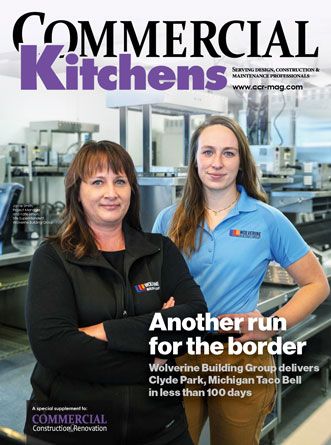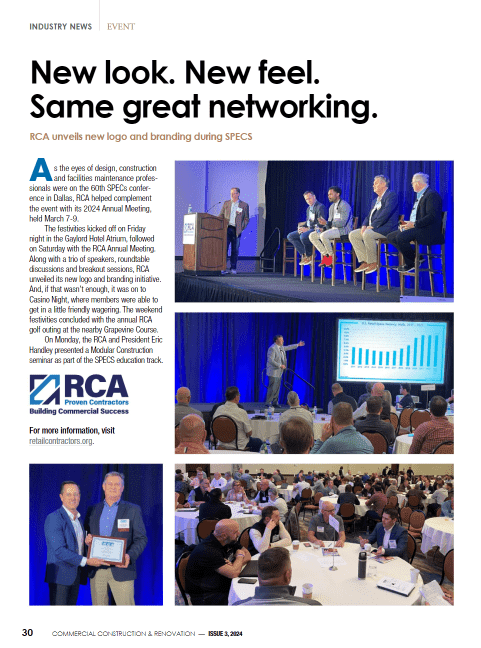The construction business is so multi-faceted in that there are many different types of projects sites and different workers and equipment operators for each site. Nevertheless, construction work can be dangerous, and lack of safety can be disastrous.
Thus, it falls upon construction site managers to know the difference so they can make sure their workers and equipment operators have the appropriate training and equipment to do their jobs safely and effectively.
For instance, confined spaces like tunnels, manholes, trenches, and other underground areas pose unique risks for workers and contractors. It can also easily escalate into a legal matter if victims take legal action.
As such, project managers need to understand the laws and confined space rescue procedures that apply in those areas.
There are different types of laws and regulations that apply to confined spaces, depending on which state you live in. These include OSHA (Occupational Safety and Health Administration) regulations, which cover working in confined spaces, as well as laws that govern rescue procedures when people get trapped.
Let’s break them down below:
OSHA 1910.134 – Personal Protective Equipment
This regulation covers confined spaces and applies to employers of all kinds — from small construction companies to larger ones like governments or utilities.
The basic goal is safety, so the act covers many different categories of hazards, from general health and safety concerns to specific dangers unique to construction sites. OSHA has been issuing updated rules since it was created in 1971, culminating in the 2015 revision that came into effect on July 29, 2015.
If you’re looking for “Confined Space Rescue”, you can click here to learn more.
OSHA 1910.136 – Confined Spaces
This regulation is specifically designed for situations where people are working or exploring areas that aren’t meant to be used by humans. As a result, it does not apply to dangerous environments like mines and chemical plants.
It protects workers who enter any enclosed space that’s not meant for human use, whether it’s an elevator shaft, a closet, or even a sewer line. There are special requirements for ventilation systems and equipment that can cause oxygen deprivation if workers aren’t careful.
Confined Space Rescue Procedures
When dealing with a confined space, rescue professionals follow standard procedures. There are two broad categories of confined space rescue – entry rescue and non-entry rescue.
Rescue professionals wear protective clothing and take up to four steps before entering any confined space. They’ll check for safety conditions inside the space before going in.
If it’s safe to enter, then they’ll enter the space and search for anyone who may be trapped. After that, the person who entered will stay outside the area until everyone else has been rescued.
If rescue workers find someone trapped inside the confined space, they’ll immediately begin rescue procedures.
This involves checking for signs of life such as breathing and pulse, making sure that any possible access points have been secured (for example, closing all doors and windows), and that no loose objects are hanging down that might cause injury if they fall or are pulled on by someone who is trapped inside the area.
Winding It Up
Working in a confined space on a construction site poses unique challenges to both employers and workers. While there are laws and procedures set to ensure the safety of construction workers, sometimes accidents happen, entrapping workers in confined spaces.
Hopefully, the information above will guide you to the right steps to take as per the law to manage such a scenario.







 The 2024 virtual Men’s Round Table will be held Q4, 2024, date TBD.
The 2024 virtual Men’s Round Table will be held Q4, 2024, date TBD.











